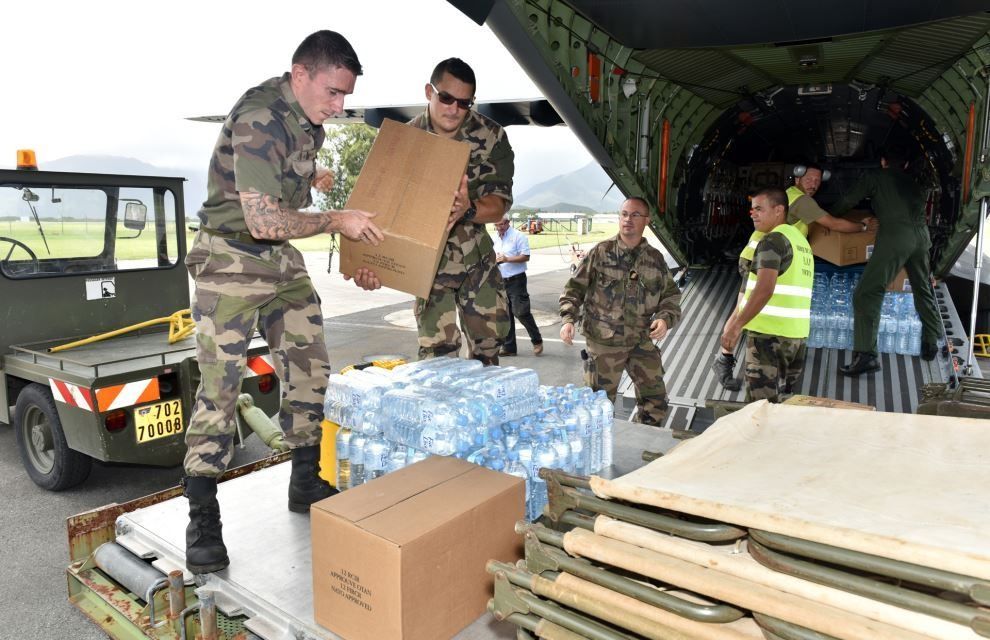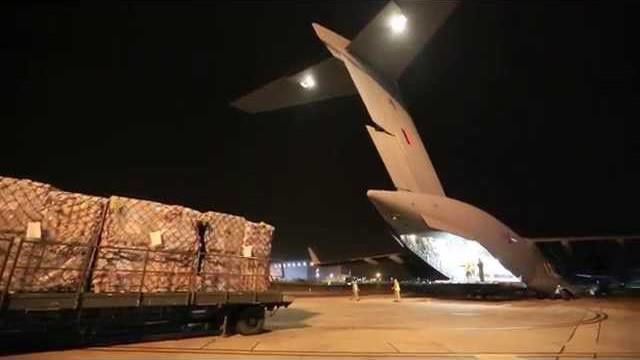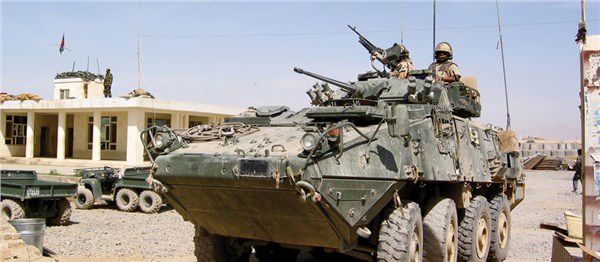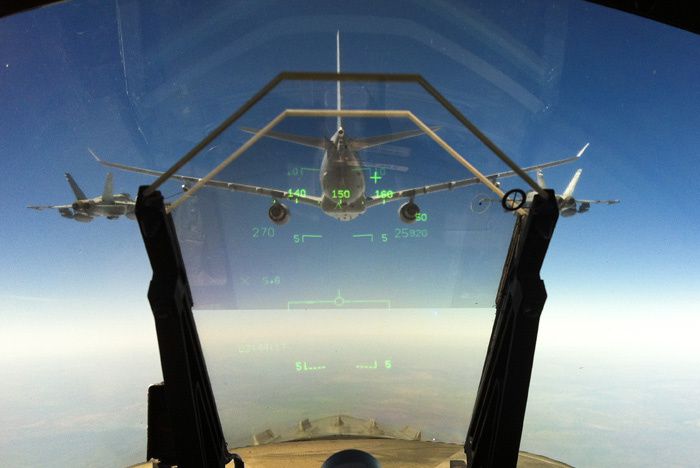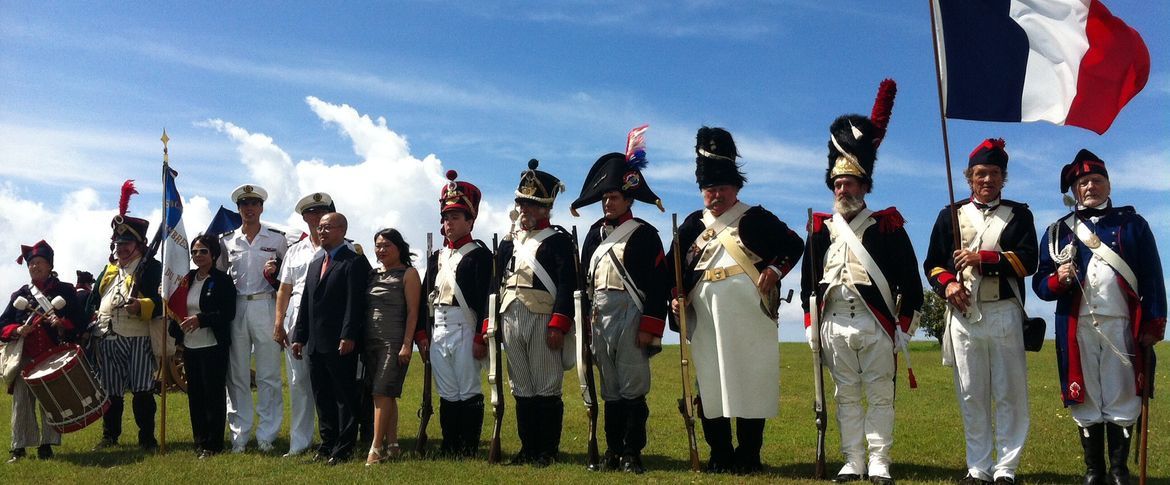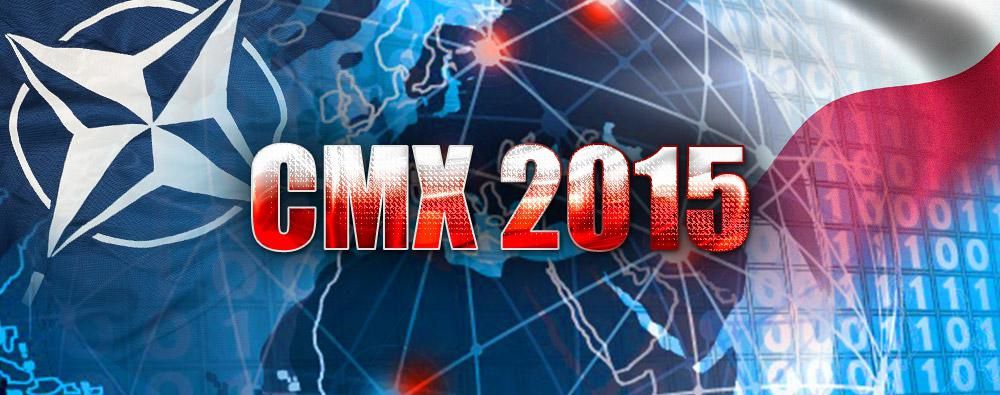13/05/2015 Sources : État-major des armées
Du 3 au 5 mai 2015, le vice-amiral d’escadre Griggs, Vice Chief of the Defence Force de l’Australie, est venu à la rencontre des forces françaises déployées dans le Pacifique, en Nouvelle-Calédonie d’abord, puis à Tahiti.
L’amiral Griggs a dans un premier temps effectué une visite aux forces armées en Nouvelle-Calédonie (FANC), au cours de laquelle il a rencontré le général de Revel, le commandant supérieur (COMSUP FANC).
Au cours d’entretiens et de présentations des moyens et missions des FANC, le VAE Griggs a pu mesurer la bonne interopérabilité franco-australienne, notamment au travers du passage en revue de notre coopération dans le domaine de la surveillance maritime (SURMAR) et du secours d’urgence aux populations. A ce titre, l’amiral Griggs et les FANC ont pu revenir sur les nombreux exercices multilatéraux auxquels les forces françaises et australiennes participent régulièrement, comme Tui Moana, Kuru-KuruetTautaï dans le domaine SURMAR, ou encore l’exercice Croix du Sud 1,dans le domaine du secours d’urgence. L’amiral Griggs a notamment insisté sur la dernière édition de cet exercice, dont il a souligné l’excellente coopération opérationnelle mise en œuvre par nos forces.
L’amiral Griggs s’est ensuite rendu auprès des forces armées en Polynésie française (FAPF), à l’invitation du Contre-amiral Morio de l’Isle, le commandant supérieur. Il s’agissait de la première visite d’une autorité militaire australienne de haut rang aux FAPF, deuxième force prépositionnée française sur le théâtre « Pacifique » avec les FANC.
A l’occasion de cette visite, le vice-amiral Griggs s’est entretenu avec monsieur Beffre, haut-commissaire en Polynésie française, et monsieur Fritch, président de la Polynésie française, avant de rencontrer les ministres présents.
Au cours de ces entretiens, la problématique de la surveillance maritime dans le Pacifique Sud a longuement été abordée, tout comme les risques sécuritaires liés aux trafics illicites, dont le narcotrafic. L’amiral Griggs et ses partenaires français se sont accordés sur la nécessité de renforcer la coopération franco-australienne pour agir plus efficacement contre cette menace en encourageant, notamment, la mutualisation des moyens disponibles dans cette zone.
Le vice-amiral Griggs a également visité le dock en zone de réparation navale, et la société Sabena du centre industriel du Pacifique, responsable de l’entretien des aéronefs des forces armées, y compris ceux stationnés en Nouvelle-Calédonie. Ces deux entités illustrent ainsi la capacité des FAPF à être autonomes en matière de maintenance des matériels.
Une visite du régiment du service militaire adapté (RSMA) et un vol de nuit à bord d’un Casa ont également été réalisés. Ce vol a permis de démontrer la maîtrise de nos forces dans l’exécution de posés nocturnes sur des pistes d’atolls non éclairées.
Dans le cadre de leurs missions les FANC et les FAPF participent aux activités de coopération régionale et entretiennent des relations privilégiées avec l’ensemble des nations présentes sur le théâtre Pacifique. A ce titre, elles mettent en œuvre la coopération franco-australienne qui est encadrée par plusieurs accords multilatéraux : FRANZ (France, Australie et Nouvelle-Zélande) pour le secours aux populations insulaires victimes de catastrophes naturelles, et QUAD (France, Australie, Nouvelle-Zélande et Etats-Unis) pour les questions sécuritaires. Les relations privilégiées entre la France et l’Australie existent depuis longtemps et se matérialisent par des échanges et des exercices réguliers.
1 Organisé tous les deux ans tour à tour par les FANC et les forces armées en Polynésie française (FAPF), Croix du Sud est l’exercice interarmées et interallié de référence régionale en termes de projection de force et de conduite simultanée de deux types d’opération, militaire (RESEVAC) et humanitaire.
commenter cet article …






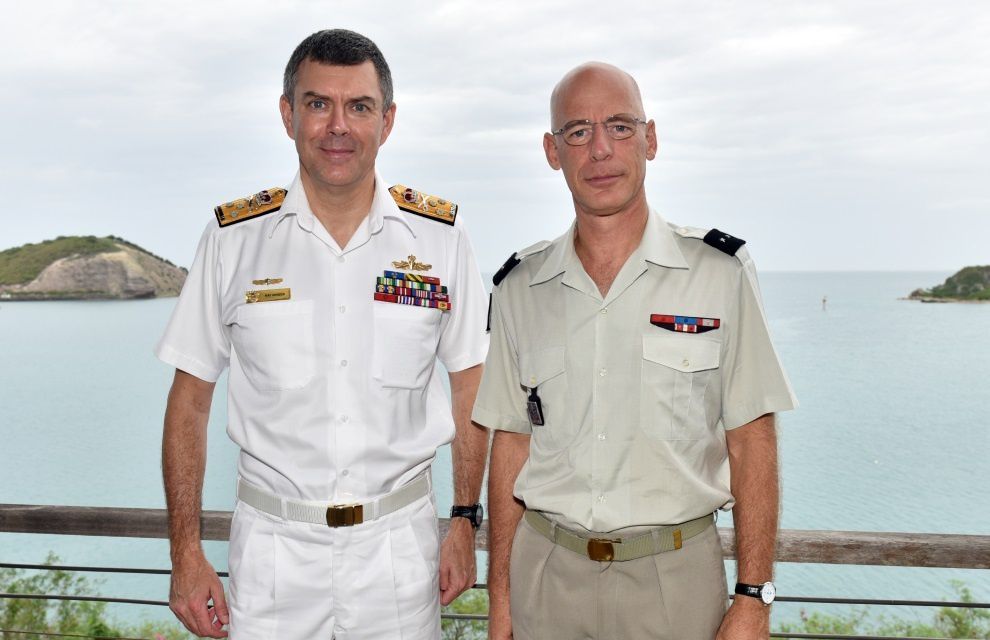



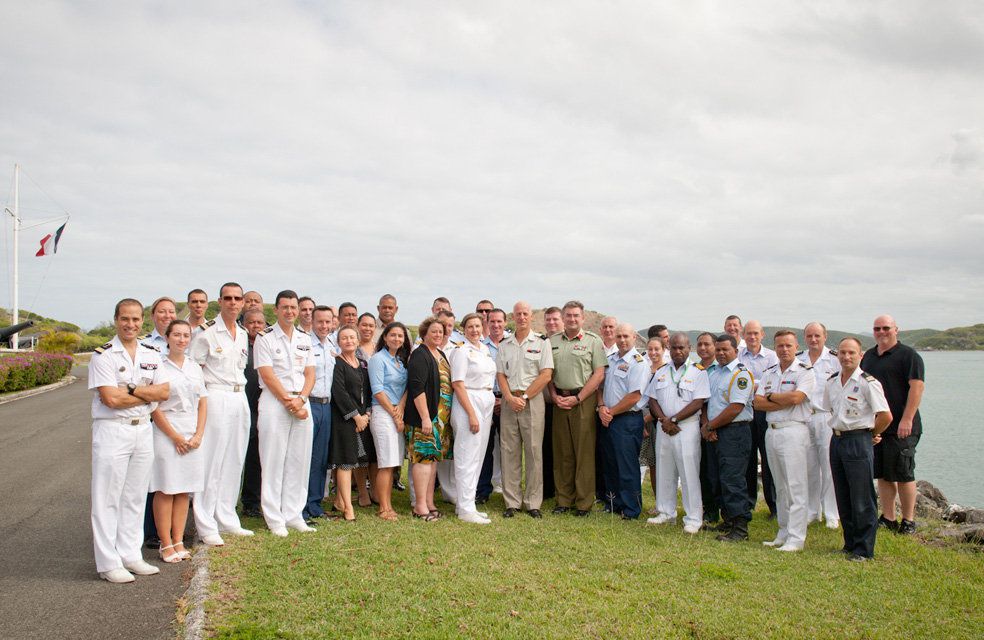
/image%2F0547456%2F20150512%2Fob_168555_img-13.jpg)
/image%2F0547456%2F20150512%2Fob_ecef37_img-14.jpg)





